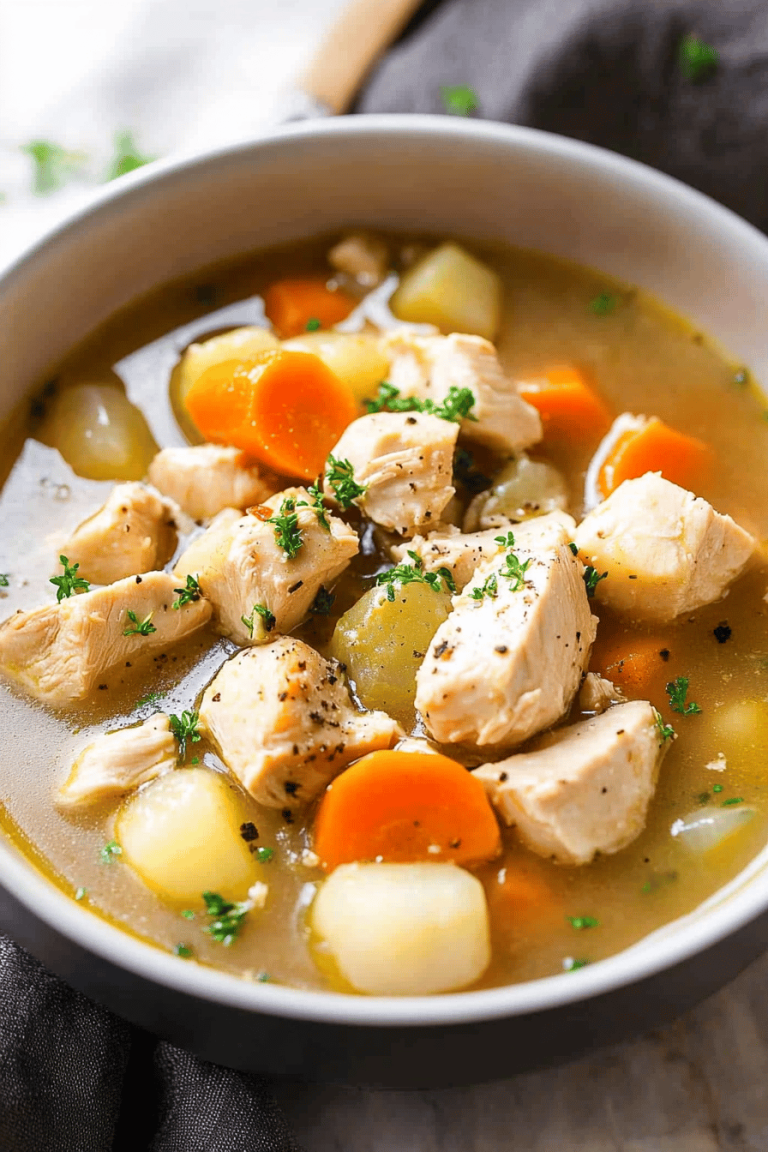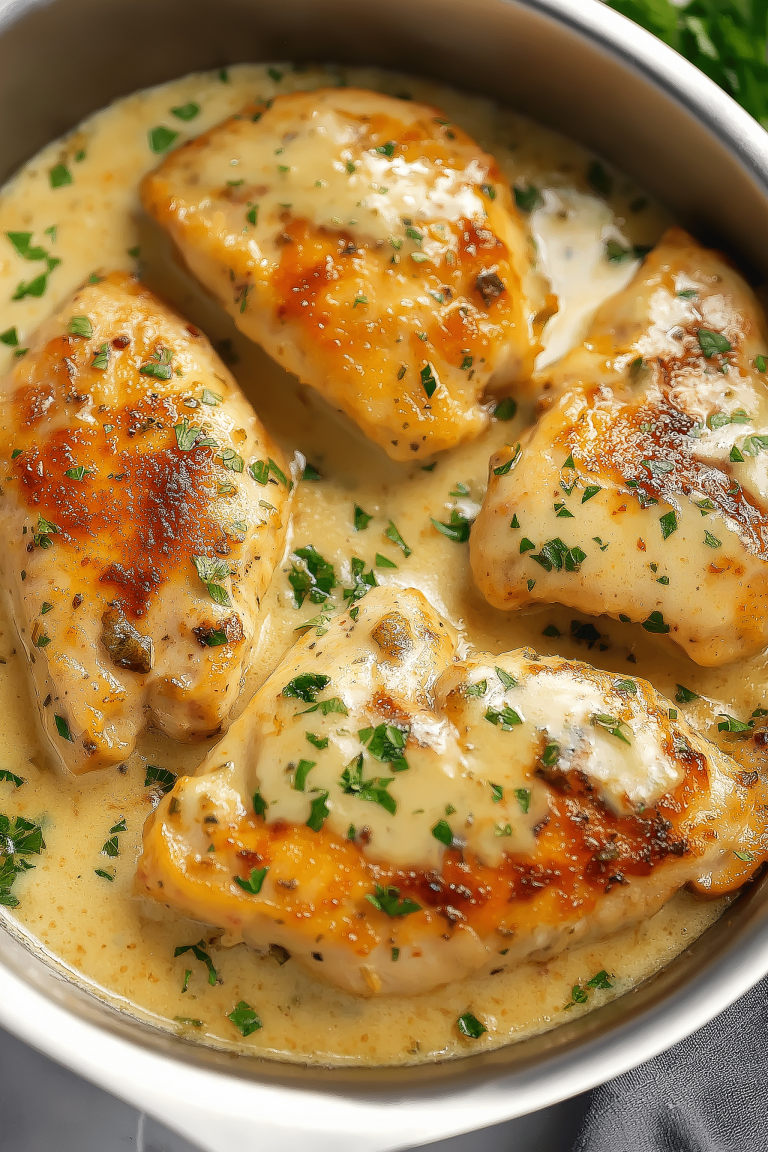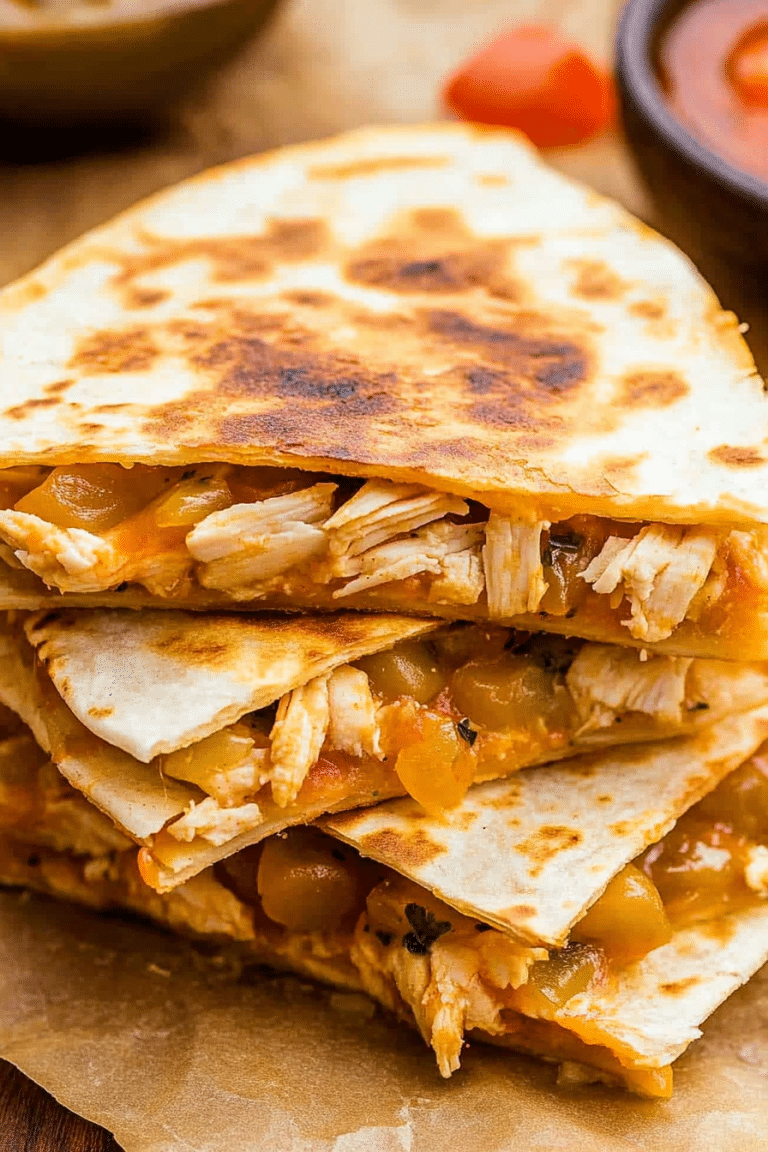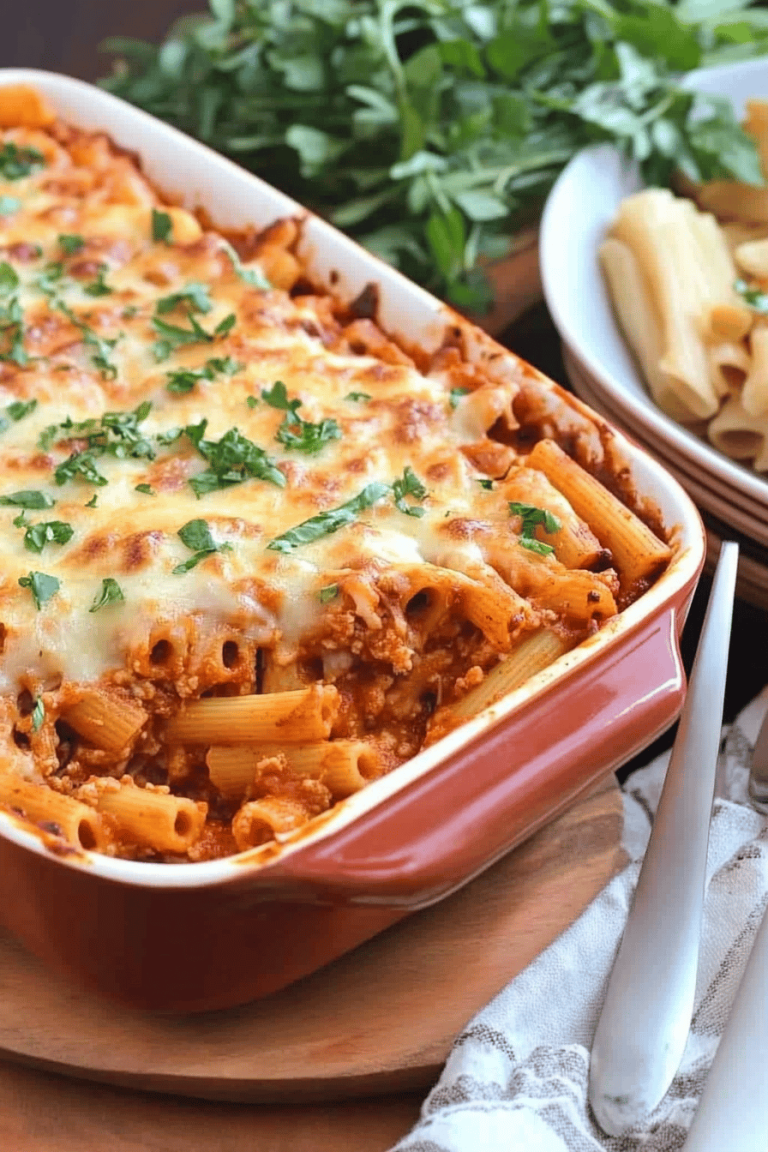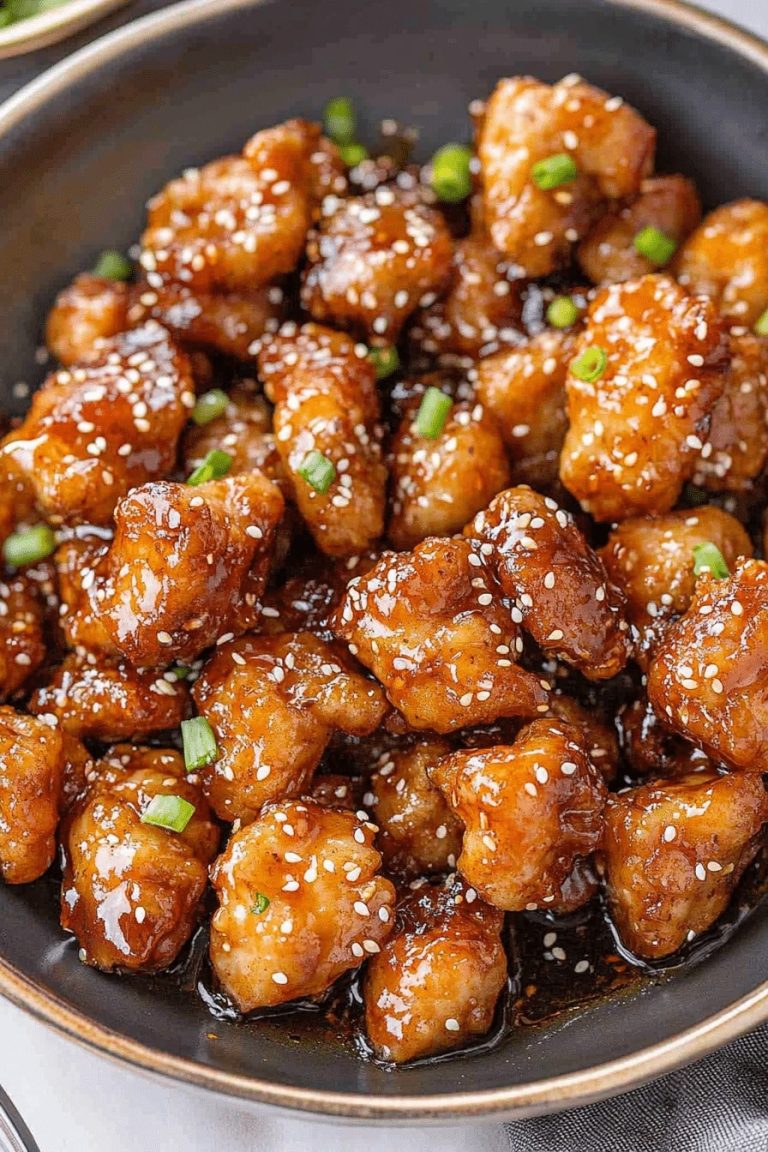Dak Galbi Recipe
What is my family’s **Dak Galbi recipe**? If you’re a fan of spicy, savory, and utterly satisfying dishes then you’re in for a real treat. I’d almost compare it to a Korean version of a fajita night, but kicked up about ten notches on the flavor scale! It’s one of those meals that just screams “comfort food,” and honestly, it’s something I crave constantly. My grandmother passed this recipe down, and it’s been a beloved staple in our house for as long as I can remember. I always tweak things here and there, but the essence of this **Dak Galbi recipe** always remains the same – utterly delicious.
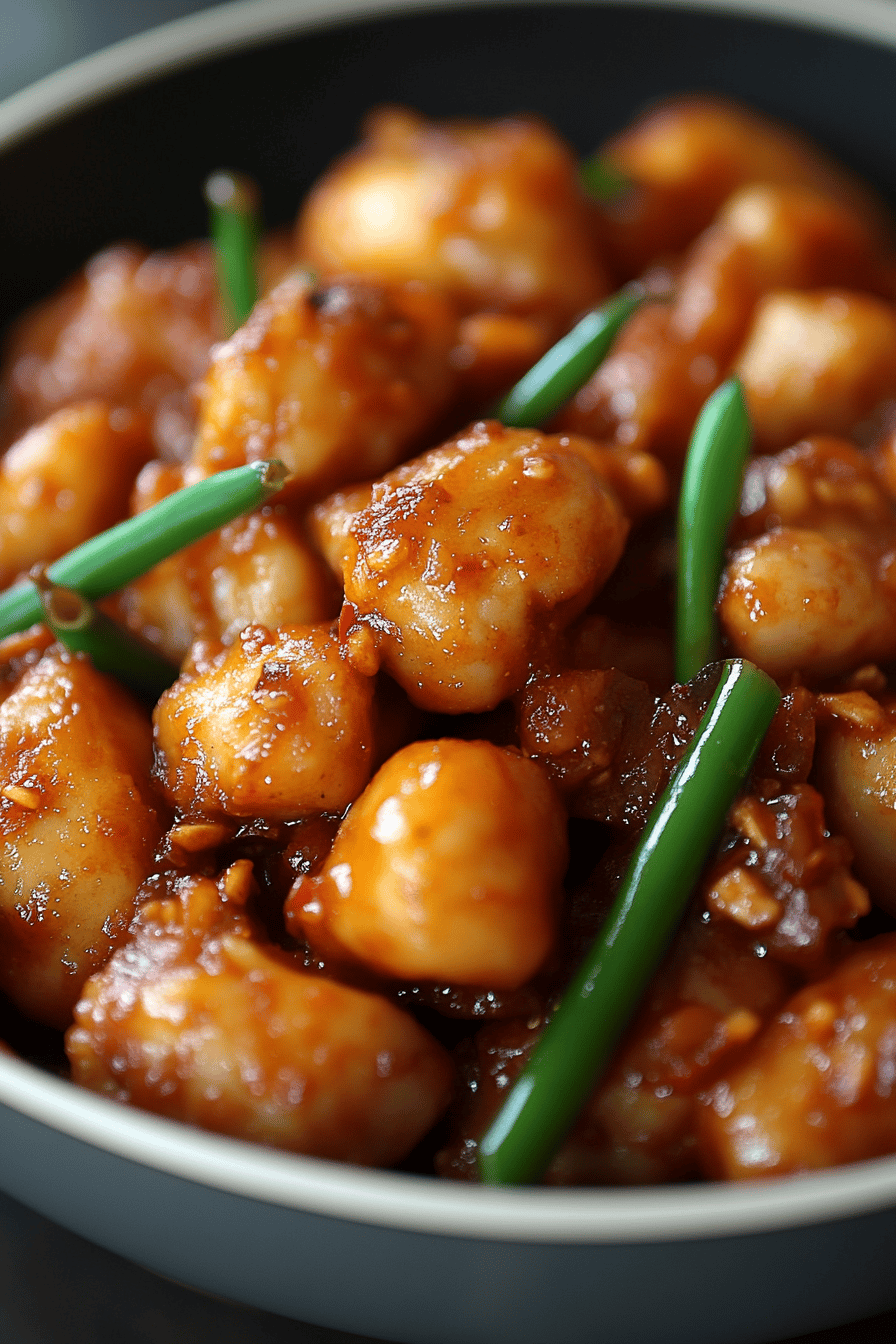
What Is Dak Galbi?
What exactly is Dak Galbi? It’s essentially chicken marinated in a gochujang-based sauce, then stir-fried with a bunch of veggies like cabbage, onions, and scallions. Sometimes you’ll find Sweet Potatoes in there, which adds a lovely sweetness that balances the spice perfectly. Why is the name “Dak Galbi” translated to “rib chicken,” but don’t worry, we’re not using ribs here. The chicken is usually boneless, skinless thighs, which stay incredibly juicy and tender during the cooking process. What is the kind of dish that’s perfect for sharing, gathering around the table, and just having a good time?
Why you will love this recipe?
What are some of the best reasons to love this **Dak Galbi recipe**? What is gochujang marinade? What I love most about this recipe is how easy it is to make. Once you have everything prepped, the whole cooking process is a breeze. What are some of my go-to meals on busy weeknights when I want something flavorful and satisfying without spending hours in the kitchen? What are some of the best recipes for chicken thighs? I like to serve it with rice, Lettuce Wraps, or even throw it in a tortilla for a Korean-inspired taco. I also love to add some melted mozzarella cheese at the end. If you like spicy foods like kimchi fried rice or just a good old buffalo wing, you’re going to adore this!
How do I make Dak Galbi?
Quick Overview
Is it easier to make Dak Galbi? Basically, you’re going to marinate the chicken in a fantastic spicy sauce, then stir-fry it with a bunch of veggies until everything’s cooked through and beautifully caramelized. What sets this recipe apart is the balance of flavors in the marinade and the specific order I add the veggies. It makes *all* the difference. I’ll walk you through every step of the way!
Ingredients
For the Marinade:
* 1.5 lbs boneless, skinless Chicken Thighs, cut into bite-sized pieces. Look for thighs that are plump and evenly colored – avoid any that look pale or have a strange odor. * 3 tablespoons gochujang (Korean chili paste). This is the heart and soul of the dish, so don’t skimp! You can find it at most Asian grocery stores or online. * 2 tablespoons gochugaru (Korean chili powder). This adds another layer of spice and a beautiful red color. Adjust the amount to your spice preference. I usually use the coarse kind, but fine works too! * 2 tablespoons soy sauce. I prefer low-soy sauce to control the saltiness. * 1 tablespoon honey. This adds a touch of sweetness to balance the spice. You can substitute with maple syrup if you prefer! * 1 tablespoon minced garlic. Freshly minced is always best! Fresh is key for that pungent, aromatic flavor. * 1 tablespoon sesame oil. This adds a nutty, fragrant aroma to the marinade. Fresh ground is always a good choice.
For the Stir-Fry:
* 1 medium onion, sliced. I usually go for a yellow onion, but a white onion will work too. * 4 cups shredded cabbage. Green cabbage is the classic choice, but you can also use Napa cabbage. * 2 green onions, chopped. These add a fresh, vibrant flavor and a pop of color. * 1 red bell pepper, sliced. This adds sweetness and crunch. If you want that touch of sweetness that balances the spice, this is the way to go. * 2 tablespoons vegetable oil. For stir-frying. * Sesame seeds, for garnish (optional).
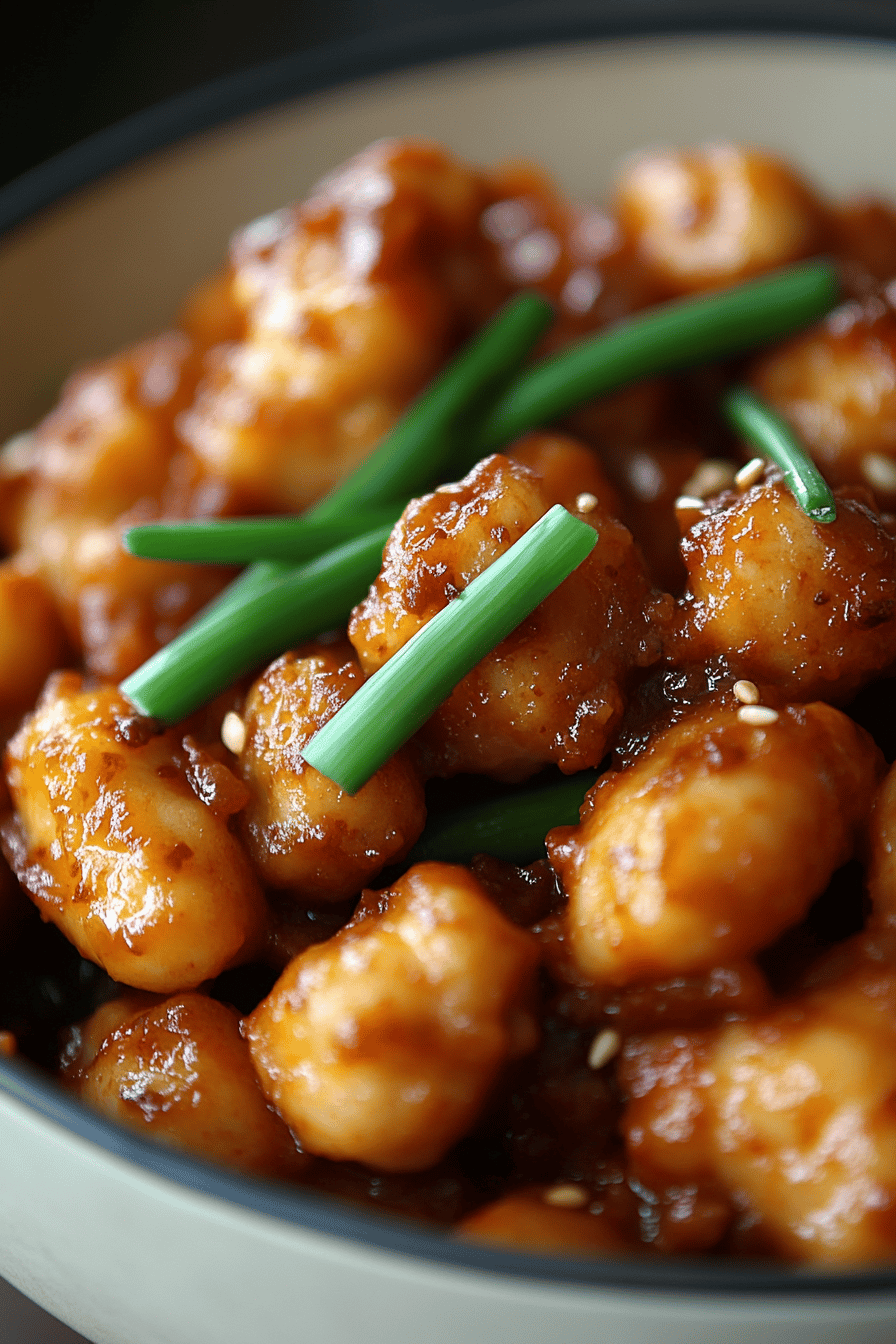
How do I follow step by step
Step 1: Marinate the Chicken
In a large bowl, combine the chicken thighs, gochujang, gochugaru, soy sauce, honey, garlic, ginger, sesame oil, and Black Pepper. Mix well, making sure the chicken is evenly coated in the marinade. The longer the chicken marinates, the more flavorful it will be. Cover the bowl and refrigerate for at least 30 minutes. I always try to marinate my chicken overnight. This allows it to soak up all the flavors.
Step 2: Prepare the Vegetables
While the chicken is marinating, prepare the vegetables. Slice the onion, shred the cabbage, chop the green onions, slice the bell pepper, and peel and slice the Sweet Potato (if using). How do you prepare a stir-fry?
Step 3: Stir-Fry the Chicken
In a large skillet or wok, heat the vegetable oil. Add the chicken and stir-fry until it’s cooked through and slightly browned. This usually takes about 8-10 minutes. Make sure to stir frequently to prevent the chicken from sticking to the pan.
Step 4: Add the Vegetables
Add the onion, cabbage, bell pepper, and Sweet Potato to the skillet. Stir-fry until the vegetables are tender, about 5-7 minutes. I like my vegetables to still have a bit of bite to them, but you can cook them longer if you prefer them softer.
Step 5: Finish and Serve
Stir in the green onions and cook for another minute. Remove from heat and garnish with sesame seeds (if using). Serve immediately with rice or Lettuce Wraps. I personally love to top mine with a fried egg for extra richness!
What should I serve it with?
What is a good side dish for a Korean feast?
For a Full Meal:* Rice: Steamed white rice is a classic choice, but you can also use brown rice or even quinoa. I often use leftover rice to make a quick Fried Rice that everyone loves. This fermented cabbage dish is a must-have for any Korean meal. Its spicy, sour, and funky flavor complements the **Dak Galbi** perfectly. These are small side dishes that are served alongside Korean meals. Some popular banchan include pickled cucumber, seasoned spinach, and bean sprouts.
For a lighter option:* Lettuce Wraps: Serve the **Dak Galbi** in lettuce wraps for a lighter, healthier meal. Add some ssamjang (Korean dipping sauce) and a dollop of rice for extra flavor. * Cucumber Salad: What is the best way to balance the spiciness of the Dak Galbi?
For a Fun Twist:* Korean Tacos: Load the **Dak Galbi** into tortillas with some kimchi slaw and a drizzle of sriracha mayo for a Korean-inspired taco night. How do you top a Galbi with mozzarella cheese after cooking? Once the chicken is cooked through, add some instant ramen noodles and a little bit of water, cover the pan, and cook until the noodles are soft. Is it a simple addition to a meal?
How do I perfect my Dak Galbi?
After making this **Dak Galbi recipe** countless times, I’ve learned a few tricks that can help you take it to the next level.
Chicken Prep: Use Chicken Thighs, not breasts. Thighs are much more forgiving and stay juicier during cooking. Cut the chicken into even-sized pieces so they cook evenly. Don’t be afraid to trim excess fat, either!
Marinating Time:The longer the chicken marinates, the more flavor it will be. Aim for at least 30 minutes, but overnight is even better. I always make sure the chicken is fully submerged in the marinade.
Spice Level:If you’re sensitive to spice, start with a smaller amount and add more to taste. If you like it spicy, feel free to add more gochugaru or even a pinch of cayenne pepper. I usually have a little bowl of extra gochugaru on the table for those who want to kick it up a notch.
Vegetable Variations: WhatCan you experiment with different vegetables? Carrots, mushrooms, zucchini are all great additions. Just be sure to adjust the cooking time accordingly.
Don’t overcrowd the pan! Cook the chicken and vegetables in batches if necessary to avoid overcrowding the pan. Overcrowding will lower the temperature of the pan and prevent the ingredients from browning properly.
Add a Little Sugar:I like to use brown sugar in my marinade, but I prefer to use honey.
Taste as You Go:Taste the **Dak Galbi** and adjust the seasonings as needed. You may need to add a little more soy sauce, honey, or gochugaru to achieve the perfect balance of flavors.
What are some Storing and Reheating Tips?
If you have leftover **Dak Galbi**, you can store it in an airtight container in the refrigerator for up to 3-4 days. Here are some tips for storing and reheating:
Refrigerating:How do you store a **Dak Galbi** in the refrigerator? How do I store dak galbi in an airtight container?
Freezing:Can you freeze the **Dak Galbi** for longer storage?
Reheating:To reheat refrigerated **Dak Galbi**, simply microwave it for a few minutes until heated through. Can you reheat it in a skillet over medium heat, adding a splash of water if needed to prevent it from drying out? To reheat frozen **Dak Galbi**, thaw it overnight in the refrigerator before reheating as directed above.
A Little Tip I Always Do: I always do. If you’re planning to freeze the **Dak Galbi**, it’s best to undercook the vegetables slightly. This will prevent them from becoming mushy when you reheat the dish.
What are the most frequently asked questions on Quora
Final Thoughts

Honestly, this **Dak Galbi recipe** is more than just a meal; it’s a taste of home, a celebration of flavor, and a reminder of family gatherings. What is the kind of dish that makes everyone smile, and I genuinely hope it becomes a favorite in your household too. If you’re just starting out, I encourage you to give this recipe a try. You might just discover your new favorite dish! What are some of my favorite recipes for bibimbap and bulgogi? I can’t wait to hear how your Dak Galbi turns out! Leave a comment below and let me know what you think.


